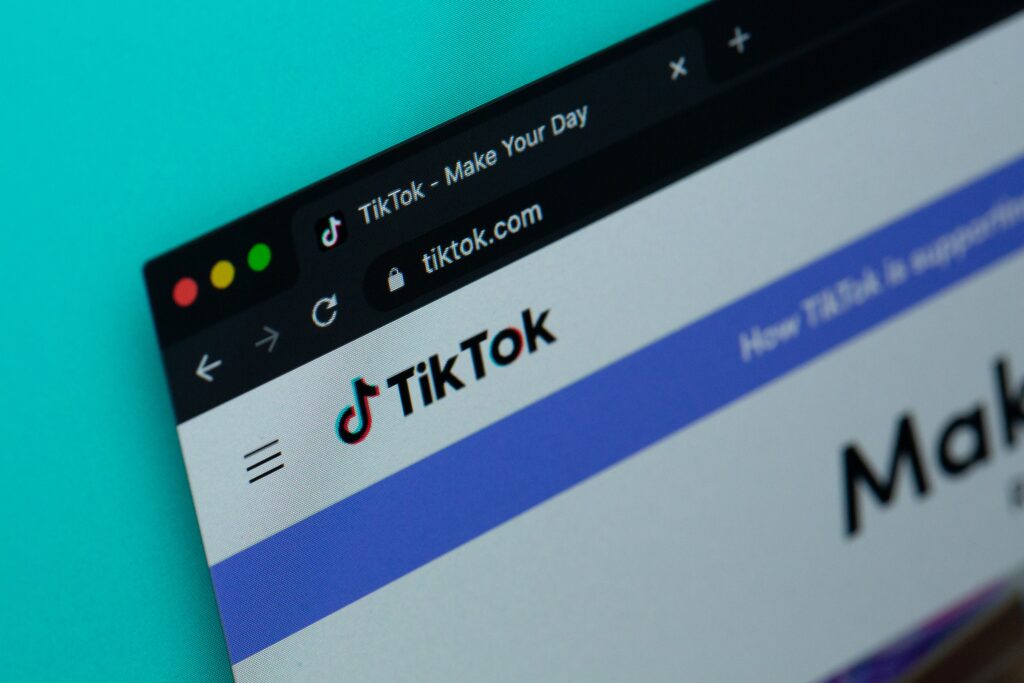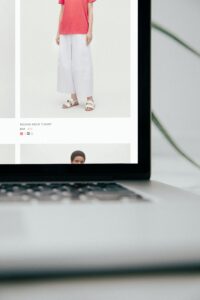Over recent years we have seen a huge change in the consumer market.
From the rise of online shopping following the arrival of the Coronavirus pandemic and global lockdowns to the likes of the Arcadia Group & Debenhams closing up their stores and being sold out to ASOS and Boohoo.
But, it is the success of startups that continues to change consumer behaviour. It’s almost impossible to remember the time when platforms such as Depop, Etsy and TikTok didn’t exist.
In today’s blog post, I’ll be discussing how these channels have impacted customers and the cultural shifts they’ve helped to evolve.
Depop, Etsy and the rise of Zero-Waste Living
When seeking the perfect personalised gift, Etsy is the place to visit. As a global online marketplace, Etsy brings people together to make, sell and buy unique items in a wide range of categories, including; jewellery, clothing, home decor and gifts.
Etsy also provides the opportunity to shop for second-hand and vintage pieces from various storefronts, pushing towards creating a zero-waste world. With the impact of climate change becoming more prominent, the birth of the DYI (Do It Yourself) means that across the world shoppers are becoming more aware of the way they shop to produce less waste.
Depop, a marketplace for 2nd hand clothing is also continuing to grow a loyal customer base, doubling its revenue and gross merchandise sales in 2020, and Etsy acquired it for £1b in 2021.
By the end of 2021, Depop had over 21 million users, 90% of who were under the age of 26. Its consumer relationship with Gen Z comes from its affordable prices, its easy accessibility and the ability to track and follow fashion trends without impacting the environment.
The Everyone’s A Creator Shift
Following the rise of TikTok, the opportunity to become a content creator is something that is in everyone’s grasp today, with 83% of the videos shared on the app being created by TikTokers themselves.
With product review content making up a huge amount of content shared, this now impacts how brands build trust and loyalty with potential customers. Gen Z heavily relies on user-generated content rather than traditional forms of advertising to guide their purchasing decisions.
The Commercialised Mindfulness Trend
The topic of mindfulness and mental health awareness has expanded in discussion over recent years, leading to a natural growth in the number of resources and services helping to combat how we feel.
As the number one app for meditation and sleep, Calm helps users around the world to sleep better, lower stress levels, and reduce their levels of anxiety.
Charging £28.99 a year for access, they’ve carefully tapped into the market of sleep stories voiced by individuals, or should we call them icons from the entertainment industry, including; Harry Styles, Cillian Murphy and Rege Jean Page, from Bridgerton. Something, that can only be found within the Calm app.
It’s predicted that the mindfulness meditation app market size will grow from $533.2M in 2022, to $2.63 billion in 2028.
Gender Fluidity
The concept of gender fluidity in today’s culture challenges how brands relate to and identify their consumers.
It’s no longer acceptable or enough to define your target audience as a ‘female, in her 20s, working full time’. You must look at the bigger picture, and produce an advertising concept and branding that people of all sizes, genders, and sexuality can relate to. We live in a world, where unisex and genderless products are celebrated, with brands such as Zara, Uniqlo and H&M paving the way for others.
Thanks for reading,
Myk Baxter, eCommerce Consultant








